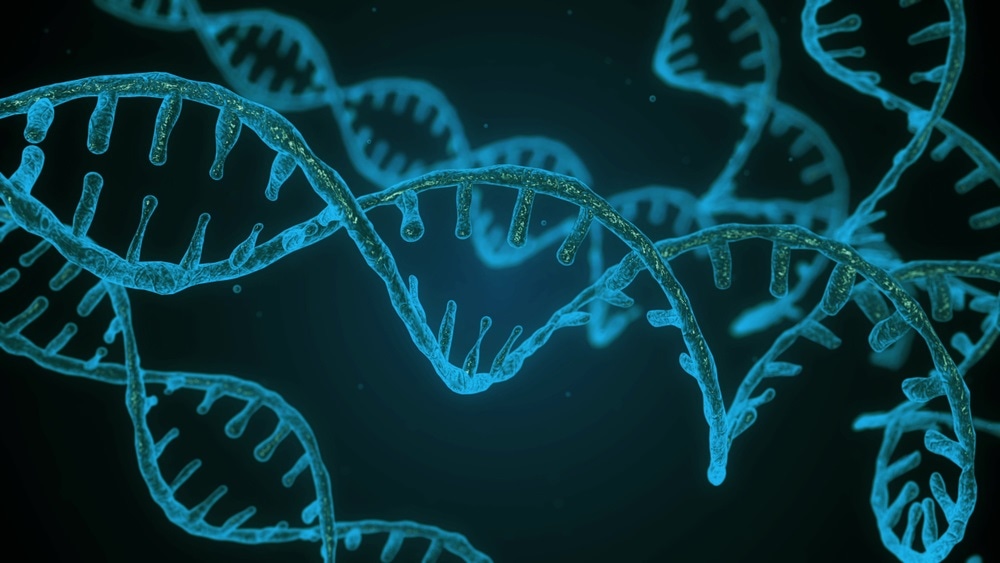Circular DNA Is Linked to the Formation of Cancer Cells in Children

Cancer involves abnormal cell growth with the possibility to invade or spread to other parts of the body. It is a disease believed to be age-linked, as the DNA accumulation damages over the years.
Find out more from specialists
But the question remains, why do young children develop cancer? The answer has been revealed by Charité – Universitätsmedizin Berlin and the Memorial Sloan Kettering Cancer Center in New York. They believe that extrachromosomal circular DNA has something to do with cancer growth in children.
The scientists have generated a detailed map of circular DNA. This map brings to light answers to some of the outstanding questions in this field. Statistics show that almost half a million people in Germany develop cancer. An estimated number of 2.100 cancer patients are children under the age of 18.
As you may already know, Tabacco smoke and radiation can trigger our cells to grow uncontrollably. This trigger is due to the damaged DNA left to accumulate over time.
Dr. Anton Henssen of Charité’s Department of Pediatrics, Division of Oncology and Hematology and the Experimental and Clinical Research Center (ECRC,) an institution jointly operated by Charité and the Max Delbrück Center for Molecular Medicine (MDC) are getting closer to finding the reasons why children develop cancer.
A team of scientists led by Dr. Richard Koche from the Memorial Sloan Kettering Cancer Center and other international collaborators has confirmed that rings of DNA are the reason for the disturbance of our cells, which may lead to cancer.
These ring-shaped parts of our DNA were uncovered years ago; however, they don’t belong to our general genetic information. Thus, they are referred to as extrachromosomal circular DNA. In the present, experts don’t know many details regarding extrachromosomal circular DNA as the right technology is not available yet.
One step closer to finding answers
Researchers have created the first map detailing the circular DNA in neuroblastoma, a lethal childhood tumor; however, this enabled them to extract significant results concerning this type of cancer disease.
Together with their partners from Barcelona, they were able to conduct a study on neuroblastoma tissue samples from 93 children. The research shows that the rate and variety of circular DNA are more complicated than foreseen.
Each neuroblastoma tissue sample contained, on average, 5,000 circular DNA copies. Experts have discovered the process by which specific DNA sections split from a chromosome to form circular DNA before reintegrating into the chromosome at a different location.
“This can potentially cause cancer if it results in the original sequence of genetic information being disrupted,” clarifies the Emmy Noether Independent Junior Research Group’s leader, Dr. Henssen, who is also a researcher at the German Cancer Consortium (DKTK) in Berlin and a Berlin Institute of Health (BIH) Clinician Scientist.
According to Dr. Henssen, “The detailed processes involved had not previously been elucidated in this manner and provide insight into how even young cells, like those found in children, can transform into cancer cells.” He says: “We also want to conduct more detailed research into the origins of circular DNA to better understand why it is that children develop cancer.”
0 comments